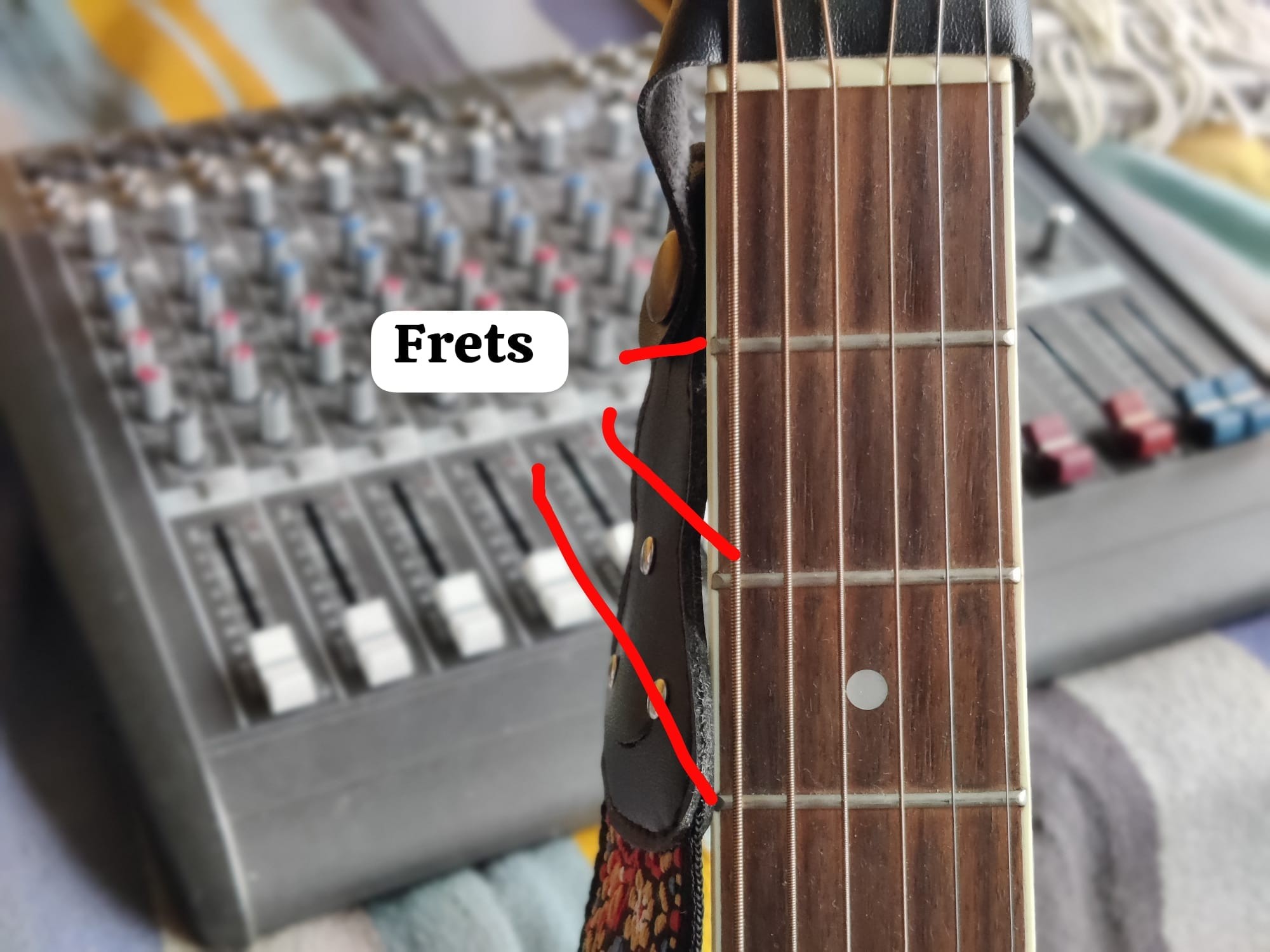The fiddle, with its enchanting melodies and lively tunes, often intimidates aspiring musicians. Many believe mastering this instrument requires years of dedicated practice and struggle. Is it really that hard to learn the fiddle? The answer, surprisingly, is no. While achieving mastery takes time and effort, as with any instrument, the fundamentals of fiddle playing are accessible to anyone with the right approach.
Why the Misconception? Dispelling the Fiddle Myth
The perceived difficulty often stems from the fiddle’s lack of frets, unlike the guitar or banjo. These instruments have frets that guide finger placement for accurate notes. On the fiddle, precise finger positioning on the fingerboard is crucial for playing in tune.
 Frets on a guitar compared to a fretless fiddle fingerboard
Frets on a guitar compared to a fretless fiddle fingerboard
This reliance on ear training and muscle memory can seem daunting. However, most beginners quickly develop the ability to discern whether a note is in tune. Consistent practice and minor adjustments, guided by careful listening, gradually lead to accurate finger placement.
Tuning Your Ear: The Key to Fiddle Success
While some beginners use fingerboard stickers as guides, relying solely on visual cues can hinder progress. Developing a keen ear is paramount. The ability to recognize and correct pitch discrepancies is fundamental to fiddle playing. This skill develops naturally with consistent practice and focused listening.
Beyond Tuning: Mastering the Fiddle Bow
Producing a pleasing tone is another common concern. However, achieving a good sound on the fiddle is more straightforward than many anticipate. A light bow pressure, smooth movement, and correct positioning relative to the bridge are key factors.
The Real Challenge: Mastering Bowing Technique
While the basics of fiddle playing are relatively easy to grasp, mastering bowing technique is an ongoing journey. The bow controls tone, rhythm, phrasing, and overall musical expression. Developing a relaxed yet controlled bow hold, practicing bowing exercises, and paying close attention to nuances in bowing contribute significantly to a fiddler’s proficiency.
Practice Makes Perfect: The Path to Fiddle Mastery
Learning basic fiddle tunes is achievable within the first year. However, true mastery requires dedicated practice and focused listening. Listening to accomplished fiddlers, analyzing their techniques, and incorporating their stylistic elements into one’s playing are essential for continuous improvement.
So, How Hard Is It Really?
Learning the fiddle isn’t inherently difficult. With proper guidance, focused practice, and a willingness to listen, anyone can learn to play. The initial hurdles of tuning and tone production are easily overcome with the right approach. The true challenge, and the ultimate reward, lies in the ongoing journey of mastering bowing technique and musical expression. Focus on these fundamentals:
- Develop a good tone
- Maintain correct left-hand position
- Employ a relaxed bow hold
- Practice smooth bowing
- Train your ear
By prioritizing these core elements, aspiring fiddlers can embark on a rewarding musical journey.
